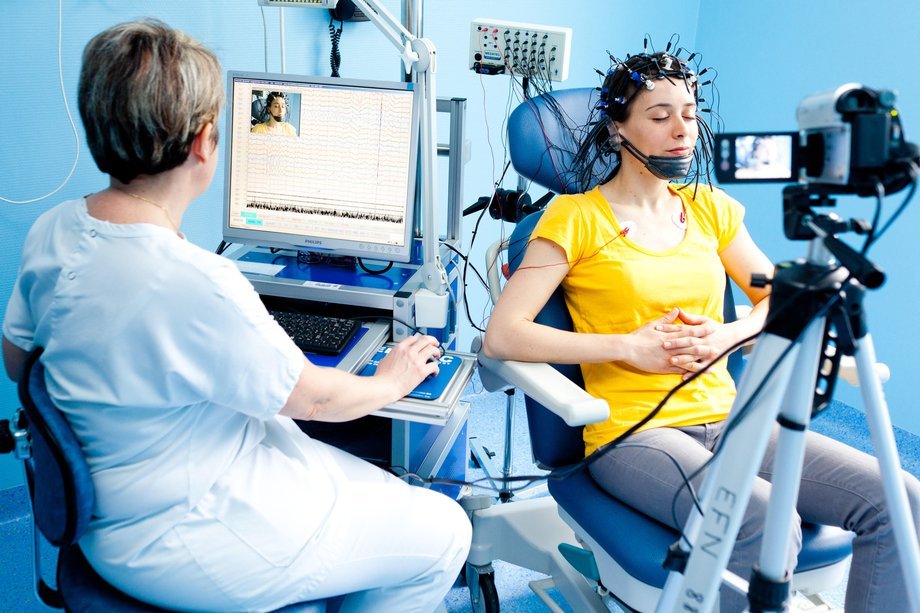
Note that there are also brain potentials and applications that make use of lower frequency ranges (DC – 0.5 Hz), denoted as slow cortical potentials ( Garipelli et. The results will be sent to the physician that ordered the study.The EEG signals carry information within a bandwidth between 0.5 Hz and 80 Hz, and this bandwidth is referred to as the EEG bands in the power spectrum: delta (0.5 – 4 Hz), theta (4 – 8 Hz), alpha (8 – 12 Hz), beta (16 – 24 Hz) and gamma (up to 80 Hz), see Weiergräber et al., 2016. Results are generally available within a week after the test completion. Failure to return the equipment on time and/or without the log will delay your results and will impact another patient scheduled to have the study using your equipment.Īfter the test, the technician removes the electrodes, your study will be downloaded to our secure server for the physician specially trained in EEG/Epilepsy to read. Be sure to bring your log with you when you return the equipment. The technologist will give you a specific time to bring back the equipment and be disconnected.

It is very important the equipment does not get wet, please keep all equipment away from water completely. Go about your normal daily routine except for showering.The recorder device is attached to a strap that will go around your neck and the wires can be worn inside or outside of your clothing. Once the electrodes are in place, your head will be wrapped with gauze to help keep the elctrodes in place during your normal everyday activities. The electrodes are connected with wires to an instrument that amplifies - makes bigger - the brain waves and records them on computer equipment. Sometimes, an elastic cap fitted with electrodes is used instead. A technician attaches flat metal discs (electrodes) to your scalp using a special adhesive.Those spots on your scalp may be scrubbed with a gritty cream to improve the quality of the recording. A technician measures your head and marks your scalp with a special pencil, to indicate where to attach the electrodes.Here are some things you can expect to happen during an aEEG: The electrodes will not transmit any sensations. You'll feel little or no discomfort during an aEEG. Bring a list of medications with you to your appointment.Take your usual medications unless instructed otherwise.If you have weaves or braids, they may need to be removed before a test can be completed.


Hair products can make it harder for the sticky patches that hold the electrodes to adhere to your scalp.

Wash your hair the night before or the day of the test, but don't use any conditioners, hair creams, sprays or styling gels.This test can also be used if you continue to have seizures after trying different medications and to confirm or rule out the diagnosis of epilepsy. It can help a physician to diagnoses episodes or certain symptoms that are suspected to be due to seizures or capture electrographic seizures without symptoms (silent seizures). If abnormal activity only happens a few times a day or during certain times of the day, the aEEG will be able to capture and record those events that would have been missed with the regular EEG. The aEEG is used to record abnormal brain activity that could not be recorded with the regular 20 minute EEG recording. The aEEG increases the chance of recording an event or abnormal changes in the brain wave patterns. It has the ability to record for up to 72 hours. What is an Ambulatory EEG (aEEG)?Īmbulatory electroencephalography (aEEG) monitoring is an EEG that is recorded at home.


 0 kommentar(er)
0 kommentar(er)
